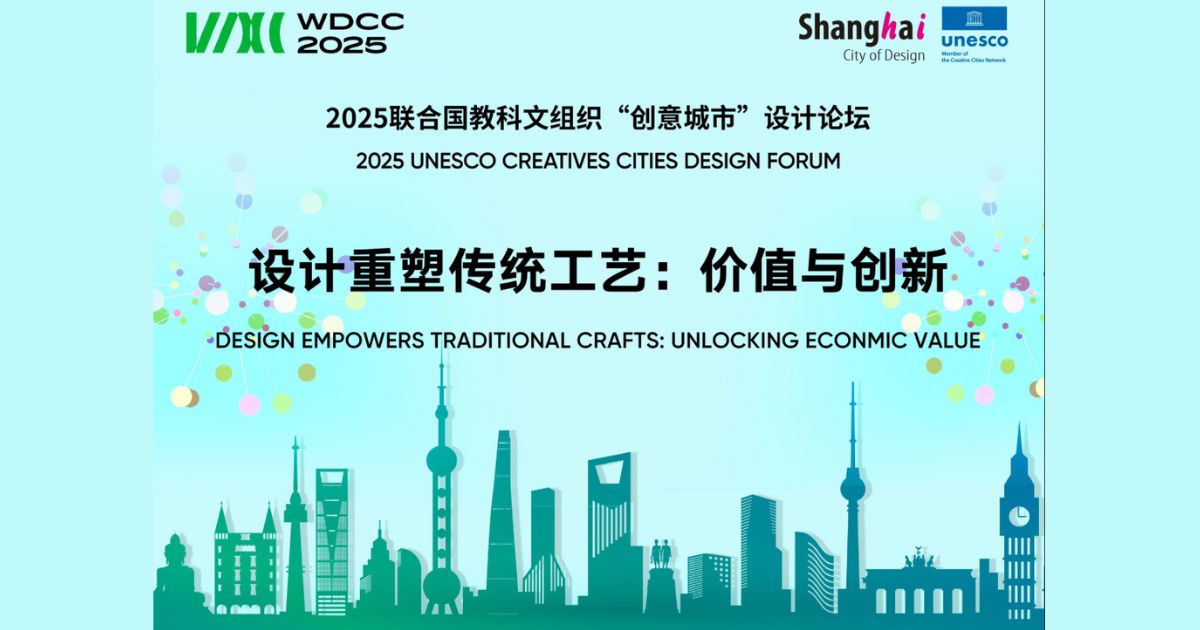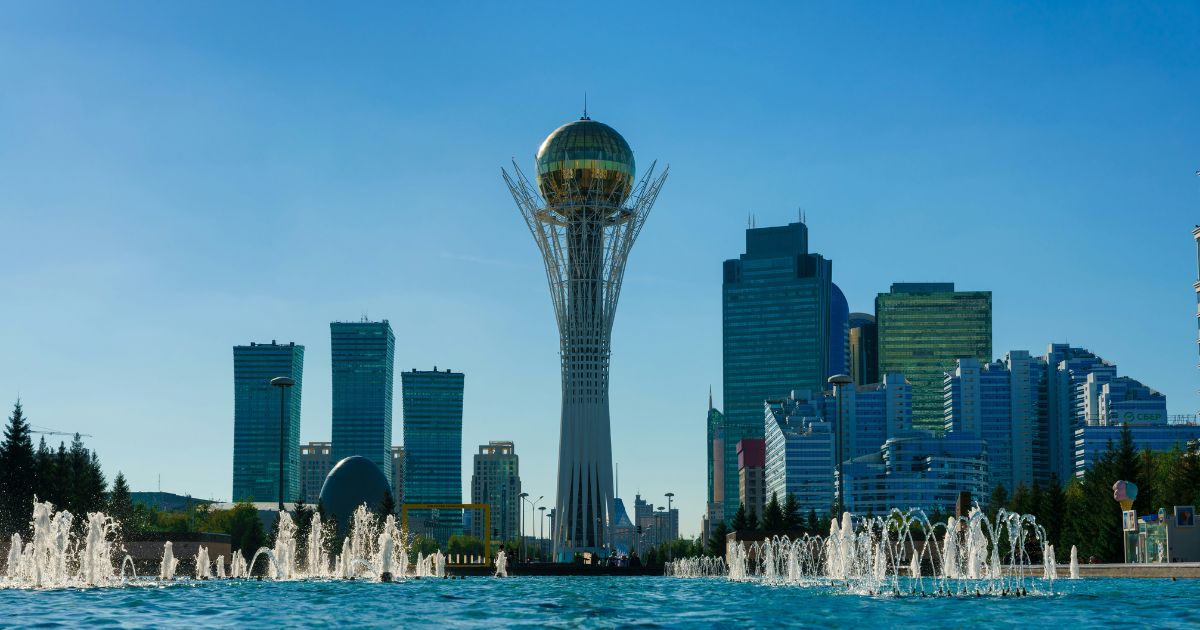The Shanghai Municipal Commission of Economy and Informatization and UNESCO co-organized the UNESCO Creative Cities Design Forum with the theme design empowers traditional crafts to unlock economic value as part of the 2025 World Design Cities Conference (WDCC). The summit brought together the representatives of the UNESCO Creative Cities, cultural and design bodies, and policy-makers to discuss the role of design in the development of traditional craftsmanship and innovation, sustainability, and inclusive development.
It was one of the key activities of the extracurricular program initiated in 2025 by the UNESCO of a multi-year program called ICH as Fashion, earlier in 2025. The forum expanded the actions of the fashion initiative to a broader design discourse – affirming the value of creativity in rejuvenating intangible cultural heritage (ICH) and promoting prosperous cultural economies.
Prof. Shahbaz Khan, the Director of the UNESCO Regional Office of East Asia, has opened the forum and noted how Shanghai led as a UNESCO Creative City of Design, and how it has devoted 15 years to promoting design-led growth. This forum is the best example of how UNESCO works towards innovating on the basis of cultural identity. It shows the role of design in promoting an inclusive development, empowerment, and respect of cultural practices, he noted.
The significance of the ICH as a Fashion initiative in associating creative industries with living heritage was also emphasized by Khan, saying that the initiative is an expression of the vision of UNESCO of making the cities better and more livable by expressing creativity.
The forum had two keynote speeches. Ms. The keynote was given by Duong Bich Hanh, Chief of Culture Unit/Programme Specialist, UNESCO East Asia Office, and was titled ” Empowering Traditional Craftsmanship through Design: Global Trends on putting the conventions of UNESCO to practice.
Using the normative tools of UNESCO, the 2003 Convention on the Safeguarding of the Intangible Cultural Heritage and the 2005 Convention on the Protection and Promotion of the Diversity of Cultural Expressions, the discussion by Ms. Hanh revealed the challenges facing the traditional artisan, e.g. the decline in skills in the craft and economic insecurity, and emphasized how design might help to offer alternatives through increased visibility, creative involvement, and economic access.
She also listed the themes of sustainable fashion and circular economy, digital platforms and e-commerce, youth innovation, and cultural tourism as the ones where ICH can be successful with the help of design. It is important to note that she highlighted the necessity of policies and enabling environments that would support ethical partnerships between the designers and the ICH practitioners to achieve balanced, respectful, and sustainable partnerships.
It was attended by more than 60 participants in 15 countries, with 30 UNESCO Creative Cities represented. In case studies and presentations in the city, participants launched different methods of overcoming the heritage and emergent design, building ecosystems that enable makers, cultivate entrepreneurial creativity, amplify cultural identity, and develop Sustainable Development Goals.
The forum reiterated the richness of the Creative Cities Network as a peer-to-peer knowledge sharing forum and a cross-boundary collaborative platform. Contributors also noted that the dynamic between design and traditional crafts is two-way: although design can introduce new markets and opportunities to artisans, it is crafts that inspire modern design. With the help of valuable knowledge, materials, and cultural identity, traditional crafts allow designers to make unique, culture-specific products that would not be homogenized in the global market.
The event not only marked 15 years since Shanghai received the title of the UNESCO Creative City of Design, but also provided a strategic course of action for the future of the ICH as a Fashion project. The program of further action will carry on the consequences of this meeting and will help the initiative to expand its influence. These include training of ICH holders and young designers, projects and exhibitions with ethical and sustainable design promotion, policy discussion, education, and research development through global seminars and symposiums.
By fostering long-term collaborations between the ICH communities, designers, governments, and cultural institutions, UNESCO has ensured that intangible cultural heritage is still presented as a source of creative inspiration, in addition to economic and social prosperity. The event demonstrated that the combination of heritage and design can enhance the preservation of traditions and, at the same time, create numerous opportunities for a more accepting, resilient, and creative future.




